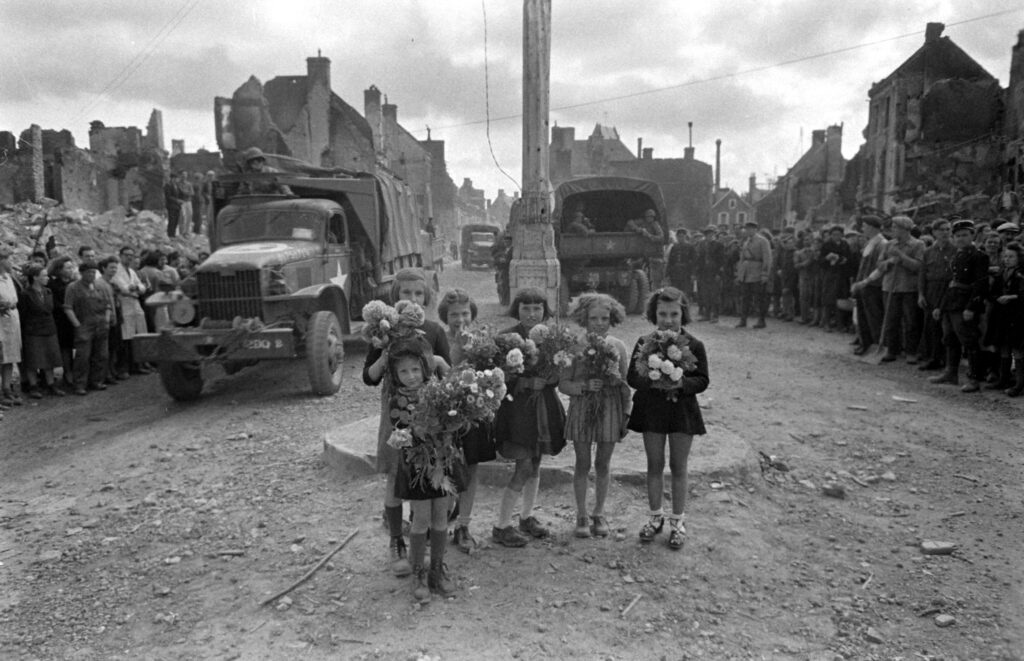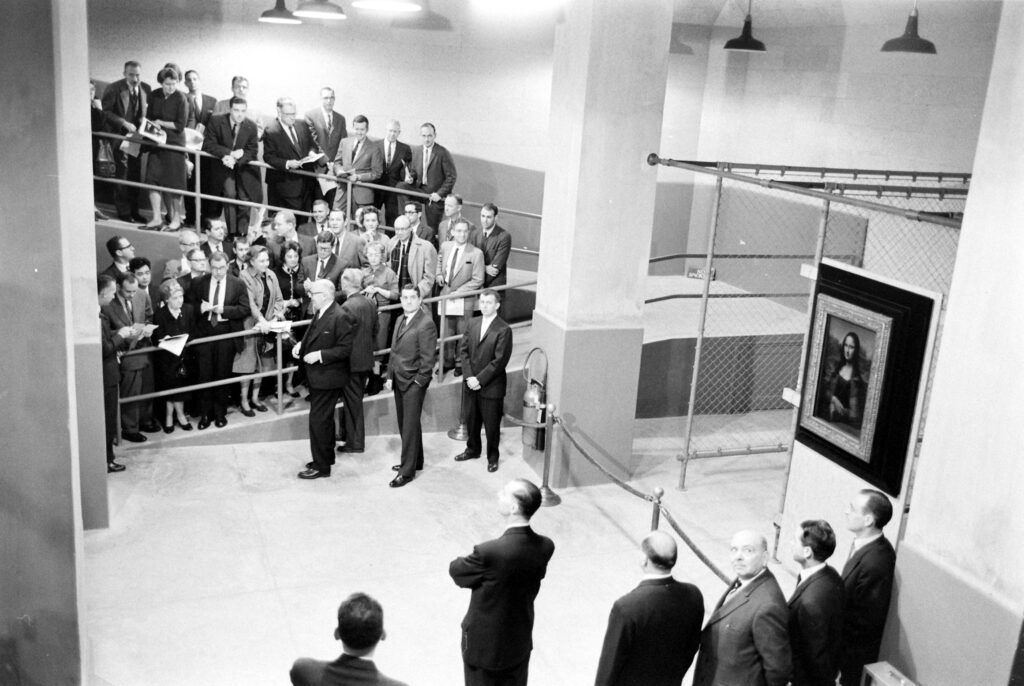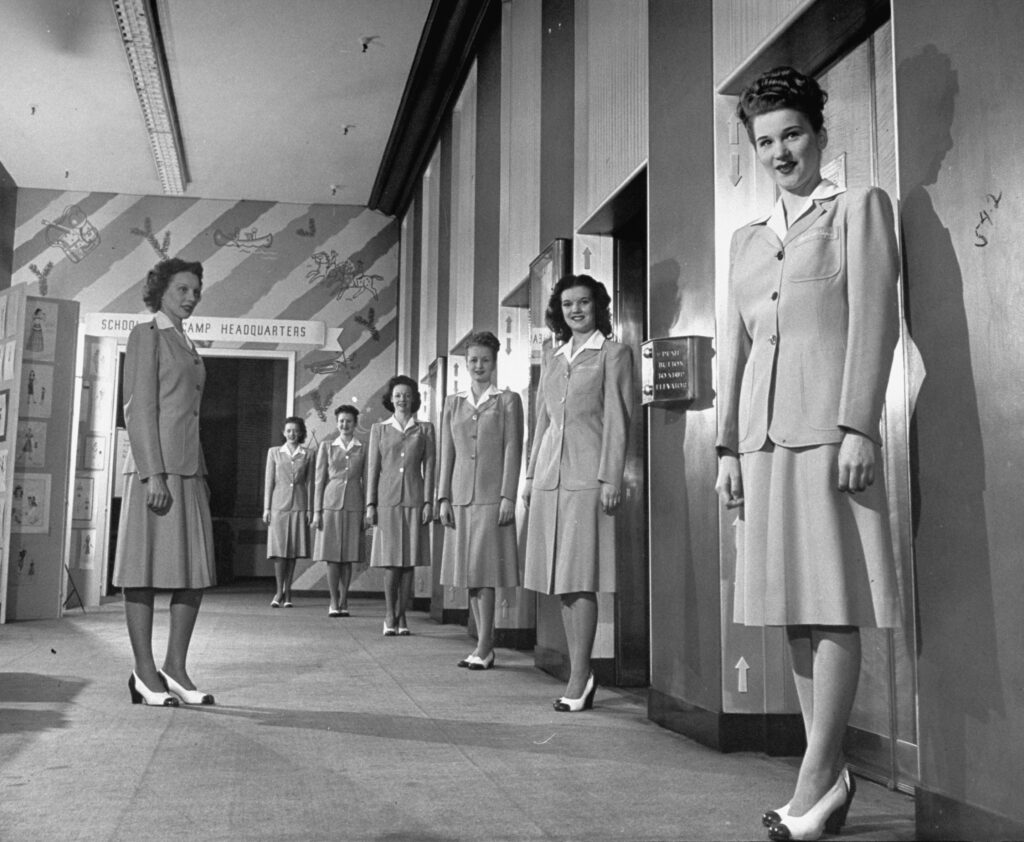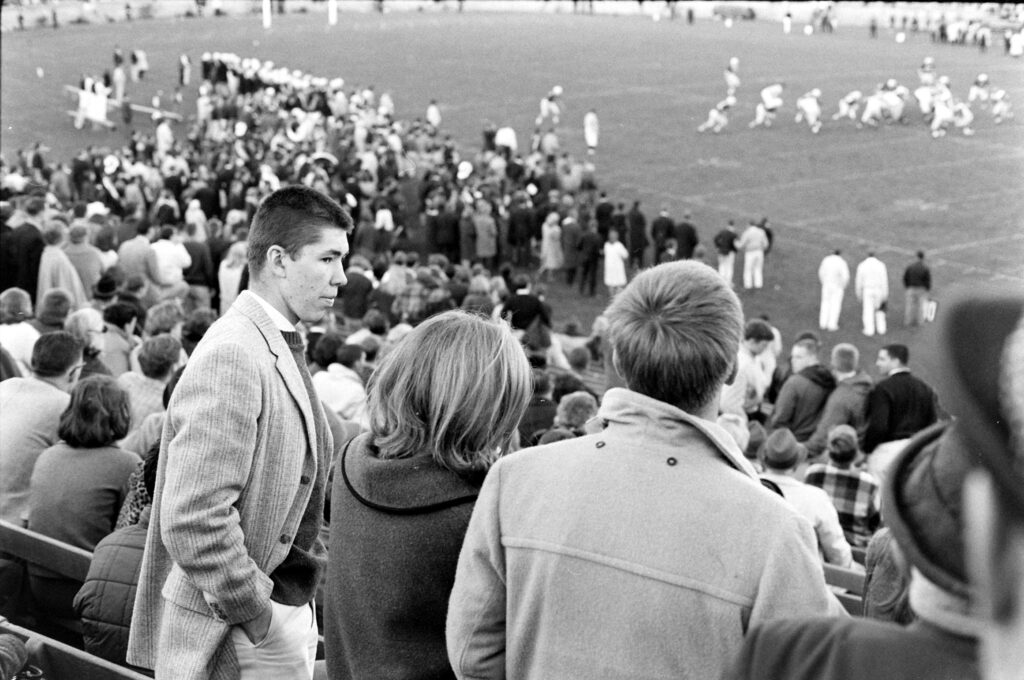In its issue of Dec. 15, 1952, LIFE magazine ran a 12-page essay about life on the American prairie. “It’s loneliness and awesome immensity shape a distinctive way of American life,” declared the headline.
But these prairie communities that LIFE reported on were notably changed from the world that had been celebrated in the beloved books of Laura Ingalls Wilder. True, the prairie was still rural and isolated, especially compared to the cities and the burgeoning suburbs of the 1950s. But change was starting to come, in ways that were largely welcome to those prairie residents. Life wasn’t quite so lonely or difficult as it had been:
The winds of modernity have tempered the hard life the homesteaders led when they came to plow up the buffalo grass. The long fingers of the rail lines and the black-tops have brought people together, and the prosperity from wheat, cattle, and the riches under the soil have given them daily comfort and time for travel. But with all the surface changes, the essential character of life on the prairie has not changed. It is still living shaped by the prairie’s vastness, and in no other part of the world is there a way of life comparable to it.”
In other words, this LIFE essay captured the prairie in its sweet spot. Some of the hardest edges of frontier life had been softened, without trampling over its special character. The photo essay captures so many wonderful details of life in rural Kansas in that era—like the newspapers that were delivered by airplane to the homes that were spaced out too far apart for a conventional paper route.
For all the talk of lonely open spaces, many of the beautiful photographs taken by Howard Sochurek in the small towns of Kansas centered on moments of community. As LIFE wrote, “The rhythm of the square dance, the recitation of the youngster, a box supper for the parents of the school children—these are some of the things that dispel the loneliness of the prairie. Many years ago a man’s neighbor was a remote and distant figure. Now the prairie people come from miles around to go calling or to go into town for the simplest forms of social life.”
Maybe the most fun picture in this whole set is of the dance attendees going to bed in cots. They were sleeping at the community center rather than make the long ride home at night. A big sliumber party for adults and kids alike—it sounds like a good time, right?

The announcement of a party at the community center in Pawnee Acre, Kansas, 1952.
Howard Sochurek/LIFE Picture Colllection/Shutterstock

For this prairie social event, many of the attendees came by plane, 1952.
Howard Sochurek/LIFE Picture Colllection/Shutterstock

This baby slept while Pawnee Acre members spruced up the building for a party, 1952.
Howard Sochurek/LIFE Picture Colllection/Shutterstock

A luncheon at the Pawnee Acre community center.
Howard Sochurek/LIFE Picture Collection/Shutterstock

A luncheon at the Pawnee Acre community center.
Howard Sochurek/LIFE Picture Colllection/Shutterstock

A square dance in Dighton, Kansas, 1952.
Howard Sochurek/LIFE Picture Collection/Shutterstock

A dance in Dighton, Kansas, 1952.
Howard Sochurek/LIFE Picture Colllection/Shutterstock

The Pawnee Acre community building during a Wednesday night social, 1952.
Howard Sochurek/LIFE Picture Colllection/Shutterstock

Community members transformed the dance hall into a dormitory after a dance, Kansas, 1952.
Howard Sochurek/LIFE Picture Colllection/Shutterstock

A man and his dog walk the Kansas prairie, 1952.
Howard Sochurek/LIFE Picture Colllection/Shutterstock

A farmer drove twin tractors lashed together, a common prairie practice that allowed for a doubled workload, Kansas, 1952.
Howard Sochurek/LIFE Picture Colllection/Shutterstock

The Richfield baseball club, Kansas, 1952.
Howard Sochurek/LIFE Picture Colllection/Shutterstock

A mother drove her child for a violin lesson, 1952.
Howard Sochurek/LIFE Picture Collection/Shutterstock

The Kansas prairie, 1952.
Howard Sochurek/LIFE Picture Colllection/Shutterstock

Inside an insurance office in Cimmaron, Kansas, company president F.C. Walker met with a policy holder, 1952.
Howard Sochurek/LIFE Picture Colllection/Shutterstock

Newspapers were delivered by plane because of the vast distances between farms in Kansas, 1952.
Howard Sochurek/LIFE Picture Colllection/Shutterstock

School entertainment in Richfield, Kansas, 1952.
Howard Sochurek/LIFE Picture Colllection/Shutterstock

A Halloween party at the Pawnee Acre community center in Kansas, 1952.
Howard Sochurek/LIFE Picture Colllection/Shutterstock

A schoolboy went through a recitation while his teacher stood ready to prompt him, Kansas, 1952.
Howard Sochurek/LIFE Picture Colllection/Shutterstock

An eight-year-old boy took the wheel of a farm truck, Kansas, 1952.
Howard Sochurek/LIFE Picture Colllection/Shutterstock

Ruben Crist, a cattle and wheat farmer, looked out over his 12,500 acres, Kansas, 1952.
Howard Sochurek/LIFE Picture Colllection/Shutterstock

A Prohibitionist road sign near Richfield, Kansas, 1952.
Howard Sochurek/LIFE Picture Colllection/Shutterstock

A sign tallied church contributions in Lydia, Kansas, 1952.
Howard Sochurek/LIFE Picture Colllection/Shutterstock

Mrs. John Grusing, a mother of thirteen who first came to the prairie in 1908, taught Sunday school in Lydia, Kansas, 1952.
Howard Sochurek/LIFE Picture Colllection/Shutterstock

Prairie life in Kansas, 1952.
Howard Sochurek/LIFE Picture Colllection/Shutterstock

A tumbleweed blew into the door of a deserted prairie home, Irvington, Kansas, 1952.
Howard Sochurek/LIFE Picture Colllection/Shutterstock

The eyes of a farmer, Gus Dumler, show the reflection of a tractor, the prairie, and the ruined courthouse of the ghost town of Ravana, Kansas, 1952.
Howard Sochurek/LIFE Picture Colllection/Shutterstock



































